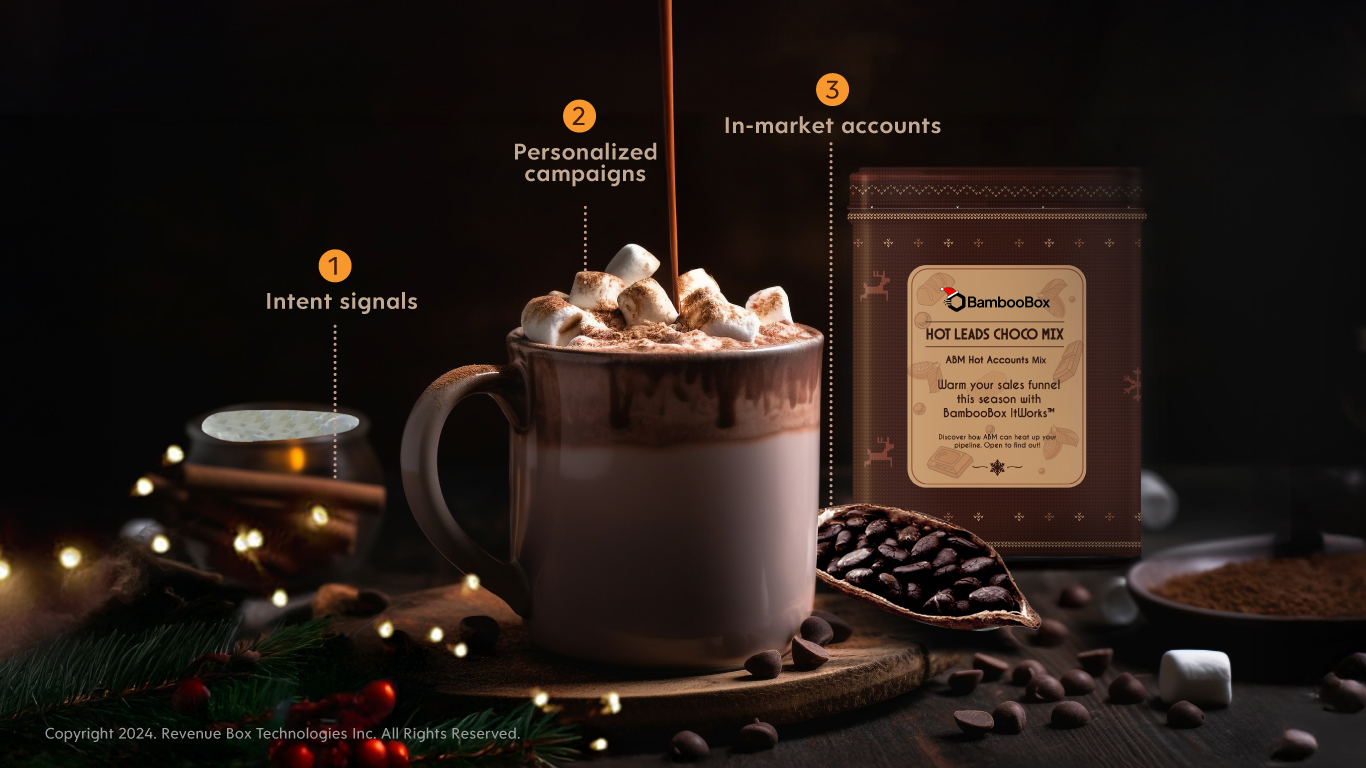Your sales pipeline tells you many things about your prospective customers. A thorough understanding of your sales pipeline stages will tell you:
- Where your leads are in the process
- The number of opportunities that are currently on the table
- And what you will need to do to close these deals
When you are aware of the sales pipeline stages and have proper processes in place to navigate through these sales deal stages, you can leverage these insights.
So, what are the stages of the sales process?
Here’s a detailed guide to understanding the CRM pipeline stages or sales deal stages. We’ll also share how b2b business leaders can build and customize their sales pipeline.
7 main stages of a sales pipeline
All buyers go through a process from brand discovery to sales. In most cases, these buyers become repeat customers. This journey is further divided into seven sales pipeline stages:
1. Prospecting
In the first stage of a sales pipeline, customers discover your business through various mediums such as blog content, ads, etc. It is where you deliver your message by targeting potential prospects based on the buyer persona.
2. Lead Qualification
At this point, the customers have discovered your offerings. Lead qualification is where prospective customers are interested in learning more about your offerings. Here, you can offer bottom-of-the-funnel content like e-books, whitepapers, webinars, or lead magnets.
3. Demo Sessions
Once you figure out that the customer is interested in your offerings, you can schedule a demo session to introduce them to your solutions. You can also offer a free trial or live demo where they can explore your products themselves.
4. Proposal
At this stage in the sales pipeline, you can summarize how your company can help solve prospective customers’ needs.
Your sales teams can demonstrate how your prices deliver more than enough value to offset the engagement cost. It is where you state your strengths and discuss the competitive advantages customers can get while working with you.
5. Negotiation and Partnership
It is where you discuss the scope of partnership — diminishing or lucrative. In this stage, customers will ask you to adjust your pricing structure according to their expectations. After weighing the benefits and apprehensions, you reach a mutual agreement with your customers and commit to a beneficial partnership.
6. Opportunity Bagged
Also known as close-won, this stage is where your sales executives finally close the deal. The next step is order fulfillment. It is where you need to provide hassle-free onboarding and work toward post-purchase services.
7. Post Purchase
Once you close the sale and sign the contract, that’s not the end. Your sales team should consider this stage where you assist customers with post-sales queries. It is where you must invest in exceptional customer service.
You should also regularly monitor the account progress for each customer.
This stage helps you cross-sell new offerings to your customers whenever the opportunity arises. Besides, you can also pitch your premium solutions to these customers. It also involves exploring renewal options with prospective customers.
So, these are the seven typical B2B sales pipeline stages. Now let’s take a brief look at how you can create a sales pipeline according to your needs and what should be the CRM pipeline stages for the same.
How to Create Your Sales Pipeline
You’ll need your B2B sales pipeline stages to customize it to your organization’s needs. Before anything else, ensure that you have separate sales pipeline stages representing every stage of the deal. Ensure that you measure these important metrics before you begin.
- Lead sources (where your prospects found you)
- Industry niche of your customers and if your offerings would align with the same
- Primary decision makers at the customer’s end
- Size and budget of the prospective client
- The probability of closing the deal
Final Thoughts
While you design the stages of a sales pipeline, ensure that:
- Your pipeline is flexible enough.
- It can undergo various queries and analyses.
- Your pipeline helps you find loopholes in your data.
You can also use various sales management software and CRM platforms to streamline your sales pipeline stages.



